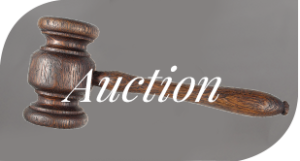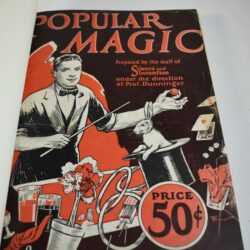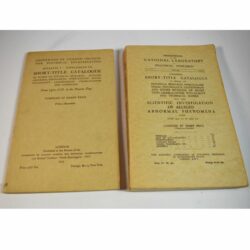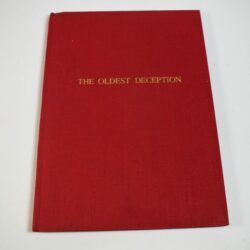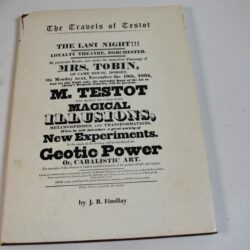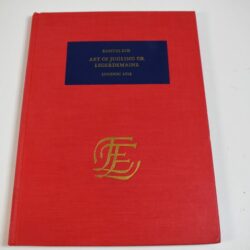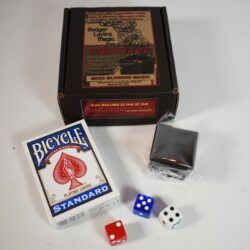
1914 Buried Alive Poster
I am sure you know the hero of our story but not so sure you know our supporting cast member Walter Lippman. I am sure you could ask any journalist and they would tell you exactly who he is (except maybe the folks at CNN and FOX news).
Walter is known as “The Father of Modern Journalism”. Born in 1889 and died in 1974. Educated at Harvard University. He was a two-time Pulitzer Prize Winner and a Presidential Medal of Freedom winner. He counted Presidents, Congressmen, Foreign Dignitaries, and Business leaders as his friends and colleagues. He ran in the highest of circles. He also counted one pretty famous magician and escape artist as a close friend and he was the kind of influential person Houdini loved to be associated with.
The following excerpt is from Ronald Steel’s book, Walter Lippman and the American Century, and describes the mutual subject that would link them throughout Houdini’s life:
“At Wading River and on the World Lippman came into contact with a diverse and unlikely group of people; perhaps none was more unlikely than the master escape artist, Harry Houdini. Lippman had been fascinated by mind readers and crystal gazers ever since his college days when psychologist Hugo Munsterberg had first interested him in hoaxes. Houdini shared that interest and gone on a one-man crusade to debunk the claims of spiritualists – then enjoying a great vogue. Lippman heard about Houdini’s work and hailed the escape artist in the editorial columns of the World.
Houdini, naturally pleased by Lippman’s support, invited him to a demonstration at the swimming pool of Shelton Hotel. There Houdini was put in a sealed coffin and immersed for fifty minutes at the bottom of the pool, emerging no worse for wear. Lippman congratulated his host on his skillful performance and took Houdini off to the hotel bar. Over a drink he suggested to Houdini that he might put on a demonstration that would undermine the current faith in spiritualism. Credulity had reached such lengths that even eminent English writers like Gilbert Murray and Sir Arthur Conan Doyle claimed to have communicated with the dead. The cult was moving dangerously close to home, for only a few days earlier Ralph Pulitzer had announced to Lippman that there might be something in his thought-transferral business. Lippman decided that something drastic had to be done, and that Houdini was just the man to do it. The two concocted a plan.
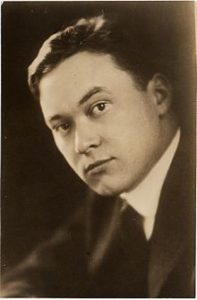
Walter Lippman The Father of Modern Journalism. This is about the age Houdini would have known him
On a Sunday afternoon in May 1924, a specially invited group gathered at Houdini’s brownstone on West 113th Street. In addition to Walter and Faye, the group included Pulitzer and his wife, Peggy Leech; Dr. Edward Kempf; Arthur Train; Herbert Bayard Swope and his wife, Margaret; Bernard Baruch; and Houdini’s own wife and brother. The experiment began when Houdini instructed his guests to lock him up in a room on the third floor. Meanwhile, in the parlor below, each guest wrote out a thought on a piece of paper and then whispered it to his neighbor three times. Dr. Kempf thought of Buffalo Bill’s monument in Wyoming; Baruch, of the phrase “Don’t give up the ship.” Lippman, true to form, contemplated matters of state: Lord Curzon in the Foreign Office. After the thoughts were whispered around, Houdini was allowed to return downstairs. Pressing his fingers to his temples, he told Kempf he saw “a man killing buffalo,” and Baruch an image of “heaving water and a ship.” Lord Curzon, however, elicited a blank. For the second part of the experiment, Houdini went back upstairs where he took off all his clothes and climbed into a casket hoisted on two chairs. With Lippman and Pulitzer standing guard over the casket, the others downstairs all focused on a single thought: a portrait of Mrs. John Barrymore. Liberated from the casket, Houdini uttered the single word “Barrymore.” Properly impressed, the guests congratulated Houdini. The whole point of the experiment, he explained to them, was to show that any talented magician could perform “mind-reading” feats. There was nothing supernatural in what he had done. But despite the insistence of Pulitzer, who would not easily relinquish his faith in spiritualism, Houdini would not reveal how he had performed his trick”.
We all know the Brownstone was wired and that is likely why Houdini’s brother was present.
The relationship between Houdini and Lippman, although interesting, is not the main purpose for this blog. It is what I acquired a short while ago that makes this relationship even more interesting and perhaps re-writes Houdini history as we currently know it: at least for one much talked about and fabled escape Houdini’s Buried Alive.
Conventional wisdom once had it that Houdini performed a buried alive stunt just once in 1915 in California where he was locked in handcuffs and buried in dirt and basically had to dig himself out darn near killing him.
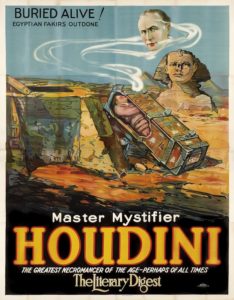
1926 Buried Alive Poster
In not so much a buried alive stunt but more of an endurance test, on August 5th of 1926 Houdini locked himself into a coffin and submerged himself in a tank of water at the Shelton Hotel pool which is also well know. His friend Walter Lippman was invited to attend that demonstration.
Houdini’s first Buried Alive poster was printed in 1914 and is shown at the introduction to this blog. Houdini had a second poster printed with an Egyptian theme “Egyptian Fakirs Outdone” around 1925-26 in preparation for doing the trick live on stage buried beneath a ton of sand. It was once believed both of these never occurred.
On March 20th of 2012 it was reported in the excellent blog from John Cox Wild About Houdini (http://www.wildabouthoudini.com/search?q=buried+alive) that Houdini did perform this version of the Buried Alive Illusion in September of 1926 as described in a letter to James Harto. (see Houdini’s original file copy of that letter which I own below).
It may be time to write another chapter to this story. How else do you explain the inscription on my recent acquisition? On May 27th of 1926 Houdini inscribed the book Miracle Mongers and Their Methods to his friend Walter Lippman with the following postscript: “I did the buried “alive” in Berlin Germany in 1908-rebuilt it in 1916 still have the apparatus”. WOW!
This small inscription says so much! Let’s digest this for a moment.
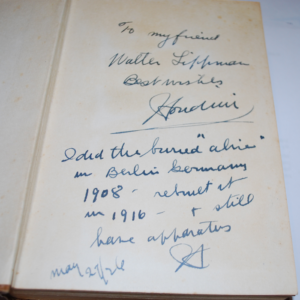
Houdini May 27, 1926 Inscription to Walter Lippman
Obviously, Walter and Houdini had been discussing it for some reason as you just don’t say something like that out of total context.
1908 Berlin is the right time frame as Houdini was performing there with the Circus Busch from the end of August to the end of October.
I believe this is the apparatus he also used in 1926 as the inscription basically confirms that. We are not talking about some other buried alive stunt.
This likely explains the 1914 mystery poster posted at the beginning of this blog. Houdini was planning on rebuilding and presenting this effect then. He did re-build it but did not perform it until 1926 (4 months after his inscription to his friend Walter) when he produced the Egyptian themed poster and performed it once! Perhaps because it was so difficult to stage as most of us surmise.
Hopefully the Houdini experts (of which I am not) will discuss this and either agree or disagree with my thoughts.
I do not know if we will ever stop learning about the exploits of Houdini. It seems our historical perspective changes constantly when it comes to this iconic figure.
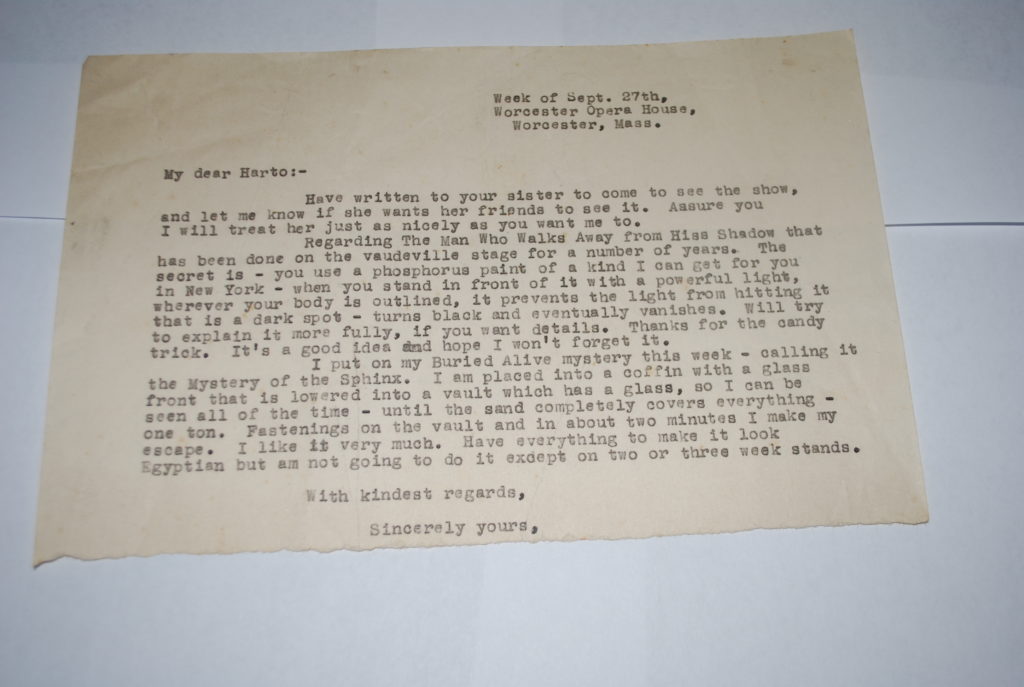
Houdini’s File copy of Harto Letter confirming the Buried Alive was performed.

